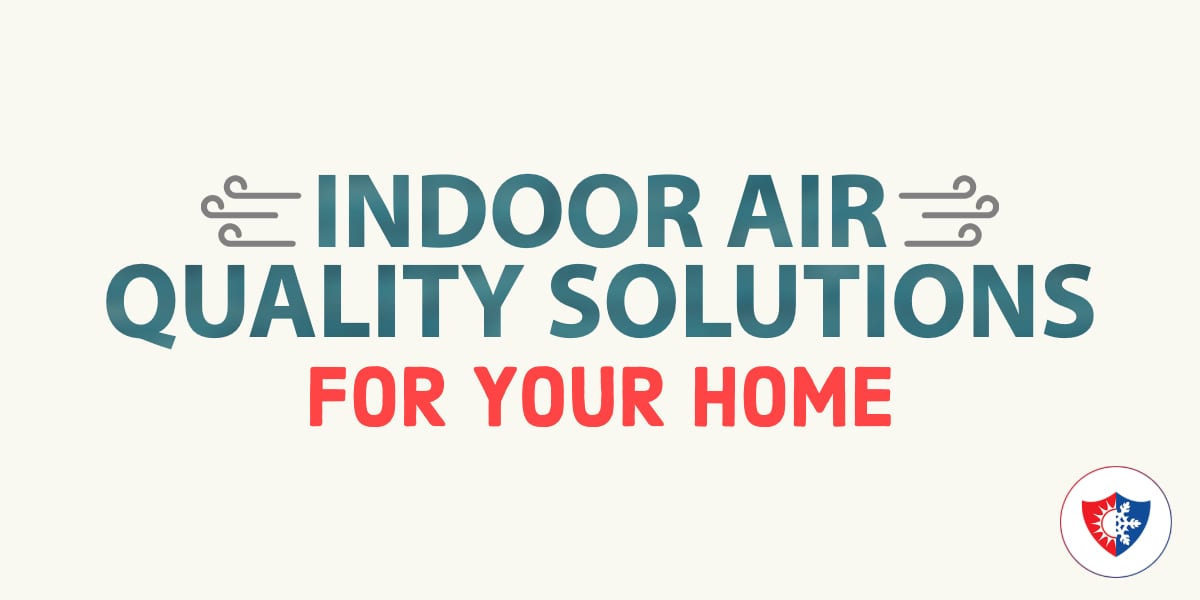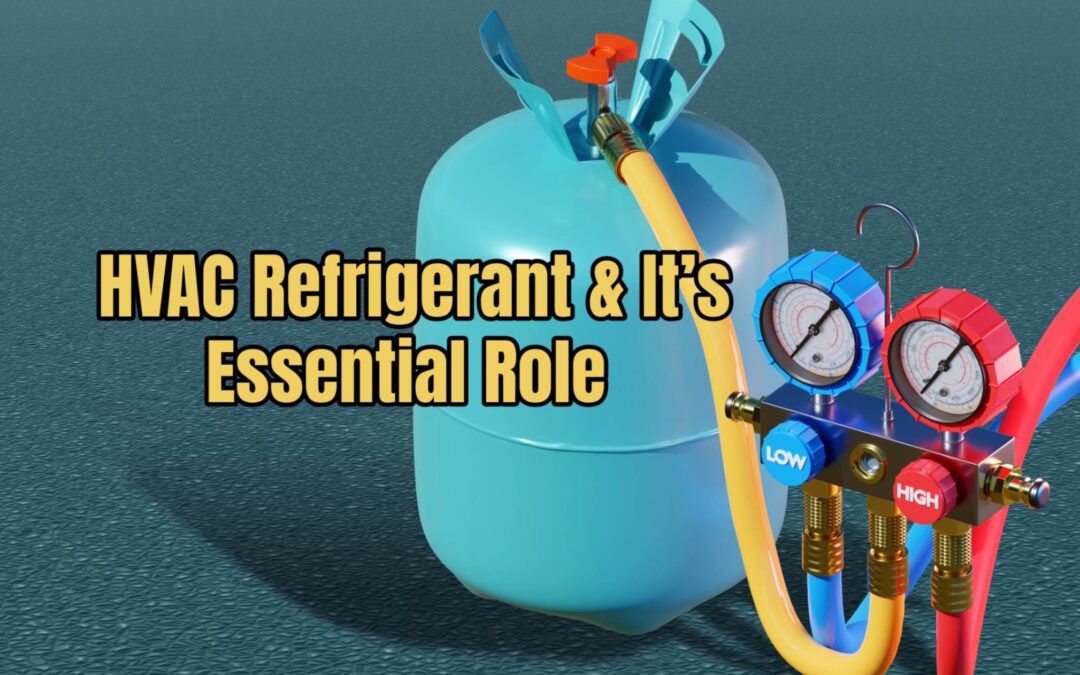Your floors can be spotless. Your windowpanes can be crystal clear. However, if you are one of the innumerable adults and adolescents with asthma, allergies, and other respiratory infirmities, a home is only as clean as the air we breathe. Experts say indoor air in most American homes can be up to five times more polluted than what we breathe outside. And though it’s not likely that you can overcome all the allergens within your home, by taking some easy measures, you can reduce the number and your vulnerability to them.
To improve the quality of air inside your home and quickly relieve your allergy symptoms, we at Grove City Heating and Air suggest some simple tactics.
IT ALL STARTS WITH CLEANING
A neat house makes for a healthy home, experts say. Proper indoor cleanliness can dramatically cut down on animal dander and dust. Your sanitation efforts should focus on strategies to reduce the accumulation of pet dander, mold, and dirt tucked away in all the hidden places in your home. Indoor air quality starts and ends with cleaning.
SUCK IT UP
At least once or twice a week, use a vacuum cleaner on your rugs and carpets. Be sure your vacuum has a HEPA filter. Also, if you ever re-do your floors, going with hard-surfaces rather than wall-to-wall carpeting should limit the number of allergens in your house.
WASH ITEMS THAT DRAW ALLERGENS
Frequently wash bedcovers, drapes, and other things draw allergens, especially if you have pets. And when you wash them, experts advise doing so with hot water. Water that is at least 130° F will work. Additionally, think about using dust mite–resistant pillow covers, in addition to mattresses and box spring covers, whenever it’s possible. Finally, eradicate cluttered items that trap and retain dust that can cause allergy symptoms.
LEAVE THE PLANTS OUTDOORS
Although plants can be elegant indoors, they can also advance the growth of mold. Leave plants outdoors, authorities say, if indoor allergens are a problem. Although it is true that some say plants can improve indoor air quality by liberating oxygen, there’s no denying they are still allergy triggers for many people. Putting it simply, they create more problems than they resolve.
AIR FILTER REPLACEMENT
If you own a forced-air heating system, make sure to replace the filters frequently. Proper air filters can make sure that dust and other airborne irritants get cleaned out of your home’s air rather than being recirculated throughout your home. Also, consider having your ducts cleaned to clear out trapped dust in them. While this may not always be beneficial, it assists in some cases, and the Environmental Protection Agency informs homeowners on making this determination at https://www.health.harvard.edu/iaq.
ICONIC AIR PURIFIERS
If indoor impurities provoke your allergies to flare up and you can’t manage the source of the dilemma — for instance, you’re against giving up the family pet — it might serve you well to invest in an indoor air purifier. Locate it in the most commonly inhabited areas of the house. Ionic purifiers and similar devices can help restrict some of the irritants that might be effecting your problems. With a purifier, you most likely won’t be able to abolish these allergens altogether, but you can cut them down. And cutting them down might help the issue.
DEHUMIDIFIER ACTION
Consider a dehumidifier in damp areas, the basement being a prime example, to assist in stopping the germination of mold. Ensure that bathrooms, another potential source of mold, are aired as well. In the shower, on walls or fixtures, be sure to wash off any visible mold that accumulates.
CRACK A WINDOW
Believe it or not, even in the colder months, it can be ok to crack open windows momentarily to allow fresh air to flow into your living areas. Additionally, reduce potential air contaminants by using fans in the kitchen to eliminate cooking fumes.
TAKE OFF YOUR SHOES
No one knows or wants to know what’s on the bottom of your shoes. And certainly, no one wants it in their home. Be sure everyone coming in takes off their shoes. It might not be a bad idea to get a shoe rack, or a boot tray to collect dirt, pesticides, led, and additional pollutants from creeping their way into your house.
CHECK YOUR FURNITURE
Did you know that some of your furniture might be manufactured with toxic adhesives that can hold dangerous chemicals? On top of that, finishing products like lacquers and varnishes could cause complications with some people with allergies and asthma. Steer clear of furniture built with woods that have been treated with the chemical formaldehyde and constructed with toxic glues.
For more information, or for a tune-up, call Grove City Heating & Air today at 614-490-7540 or schedule an appointment online now at www.grovecityheatingandair.com/schedule-now/.






